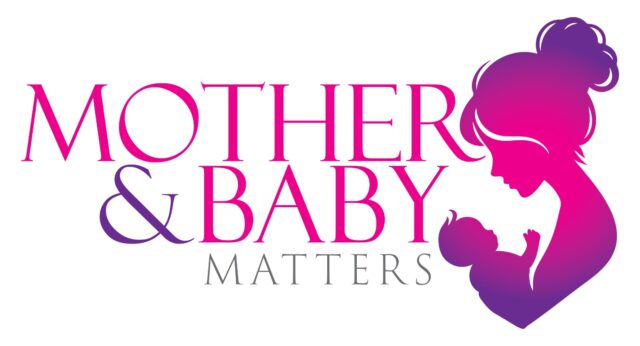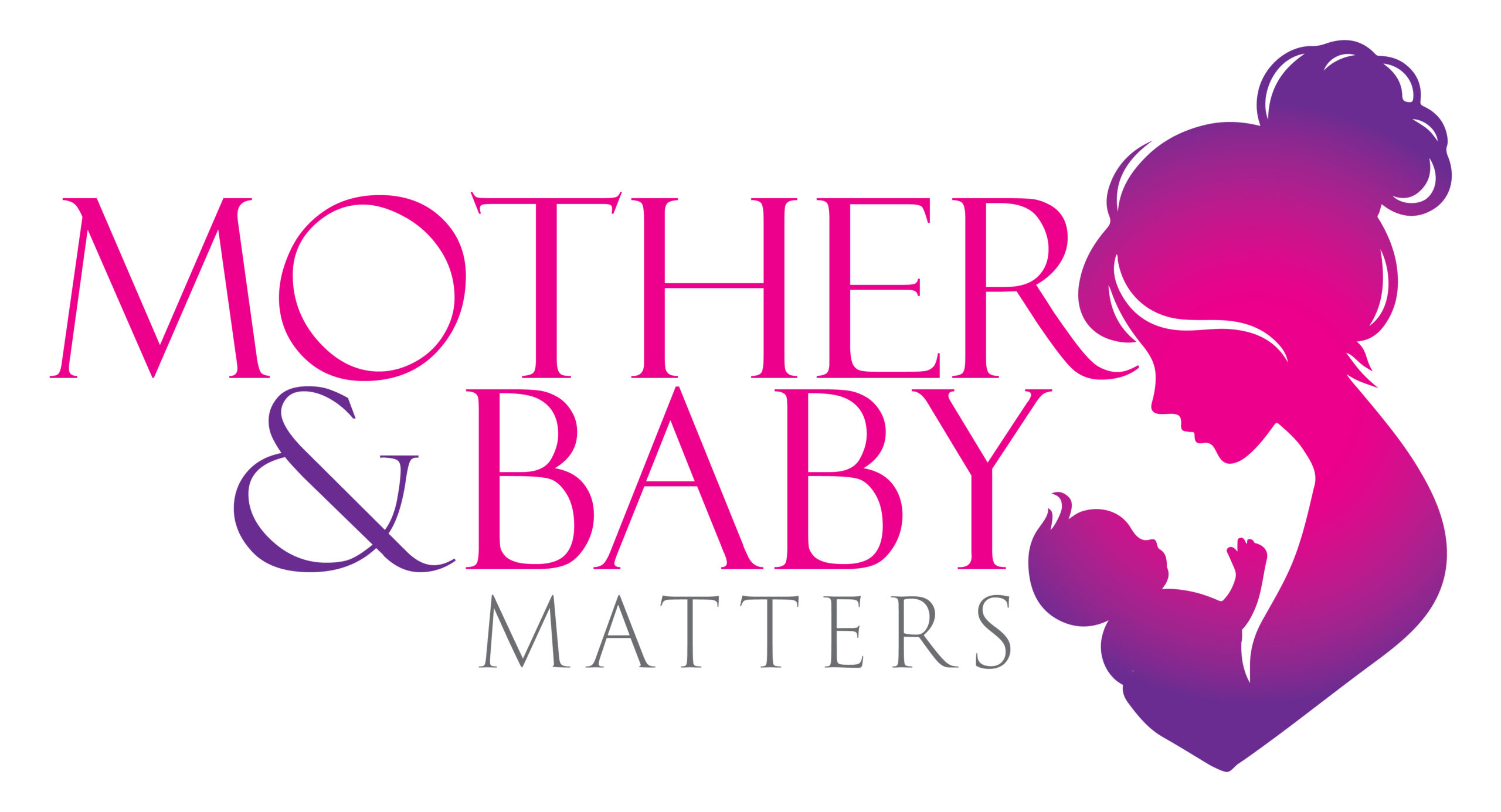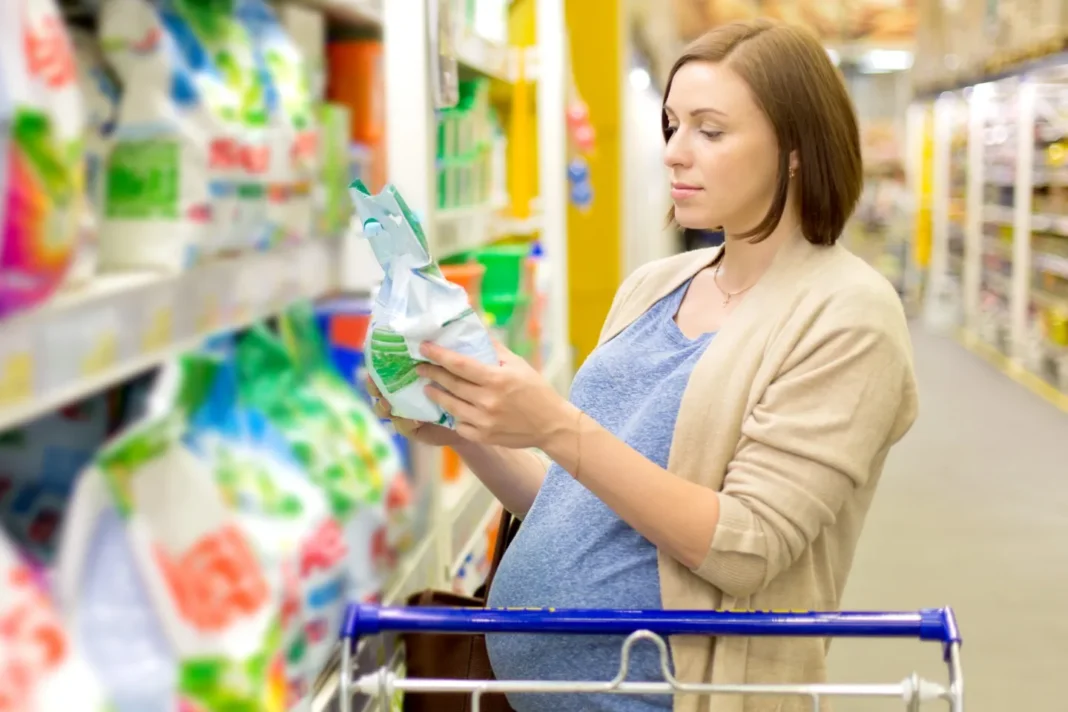A new study suggests that chemicals found in everyday plastic products, like food containers and cosmetics, may be contributing to the rising number of preterm births. Preterm births occur before the 37th week of pregnancy, and the CDC has recently reported an increase in these cases.
Researchers analyzed urine samples from around 5,000 mothers in the U.S. during their pregnancies to look for chemicals called phthalates. These chemicals are known to disrupt hormone functions and can impact various body processes.
The study, published in The Lancet Planetary Health, concluded that exposure to certain phthalates could significantly raise the risk of preterm birth, potentially accounting for as many as 56,595 preterm births each year. The authors specifically urged manufacturers to find alternatives to a phthalate called DHEP, which is commonly used to make plastic flexible and is found in products like furniture upholstery, garden hoses, baby clothing, toys, and medical tubing.
Study lead author Leonardo Trasande, MD, stated, “Our findings uncover the tremendous medical and financial burden of preterm births we believe are connected to phthalates, adding to the vast body of evidence that these chemicals present a serious danger to human health. There is a clear opportunity here to lessen these risks by either using safer plastic materials or by reducing the use of plastic altogether whenever possible.”
In the U.S., about 8% of live births are classified as low birth weight, and roughly 10% of babies are born preterm. Low birth weight and short gestational age are significant predictors of health problems later in life. Babies born with low birth weight or at an early gestational age are more likely to face challenges such as poor academic performance, heart disease, and diabetes.
The researchers aimed to explore the connections between phthalates and birth outcomes because these chemicals are known to “induce inflammation and oxidative stress, and are endocrine disruptors.” They noted that these effects can interact in ways that may affect the placenta and lead to pregnancy complications.
The study found that phthalate levels in the urine of pregnant women were comparable to concentrations found in other studies of women of childbearing age. However, the levels of specific phthalates varied among pregnant women based on race or ethnicity, with no differences noted regarding the baby’s sex.
The researchers expressed “great concern” over their findings, especially since some of the phthalates linked to preterm birth are still being used in food packaging as substitutes for the concerning DHEP phthalate.
They concluded, “The adverse consequences of chemically similar phthalates to DEHP suggest a need to regulate chemicals with similar properties as a class.”
The findings from this study underscore the urgent need for greater awareness and action regarding the use of phthalates in everyday products, particularly those related to food packaging. With the potential link between these chemicals and an increase in preterm births, it is crucial for manufacturers, health regulators, and consumers to consider safer alternatives.
By prioritizing the health of pregnant women and their babies, we can work towards reducing the risks associated with harmful chemicals. As Dr. Trasande emphasized, there is a significant opportunity to mitigate these dangers through the use of safer materials or by minimizing plastic use altogether, ultimately protecting future generations from potential health complications linked to preterm births.


